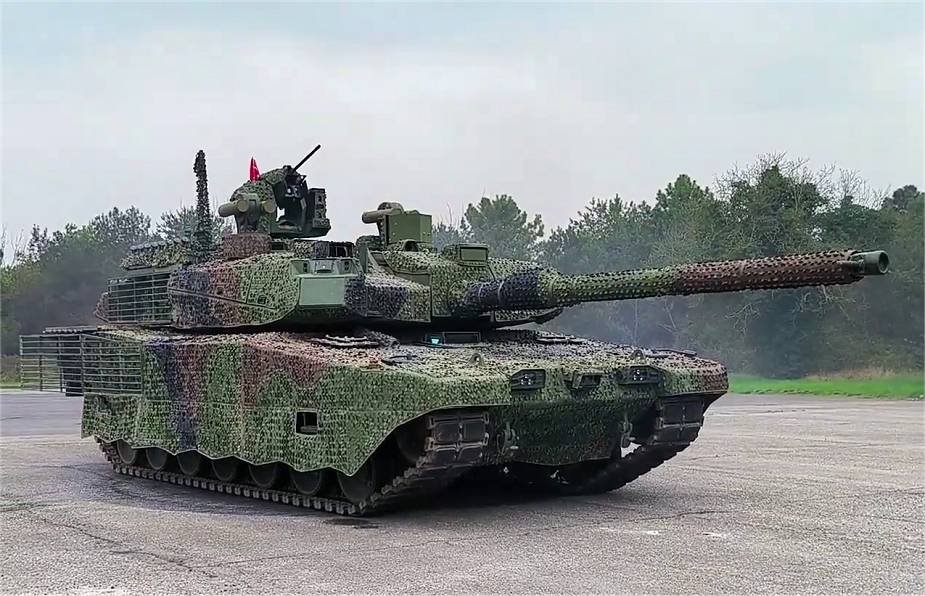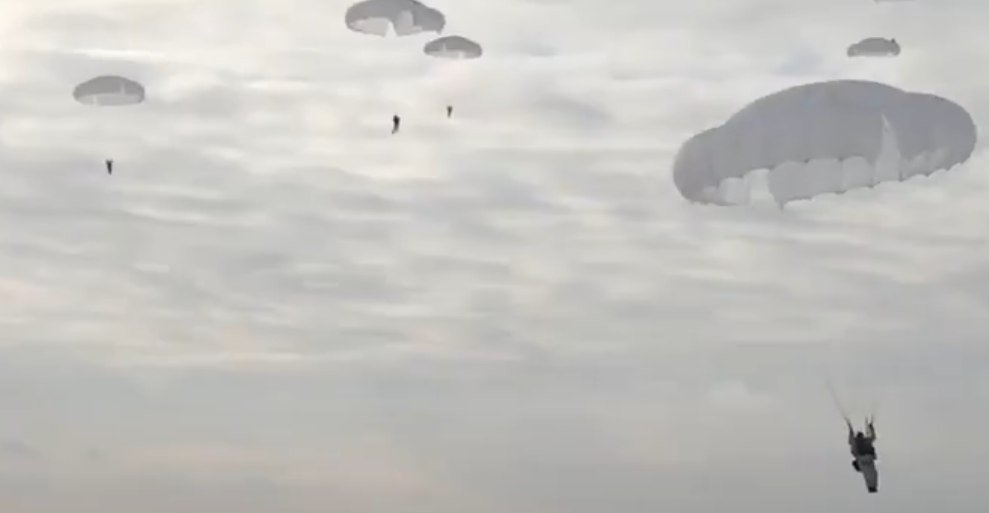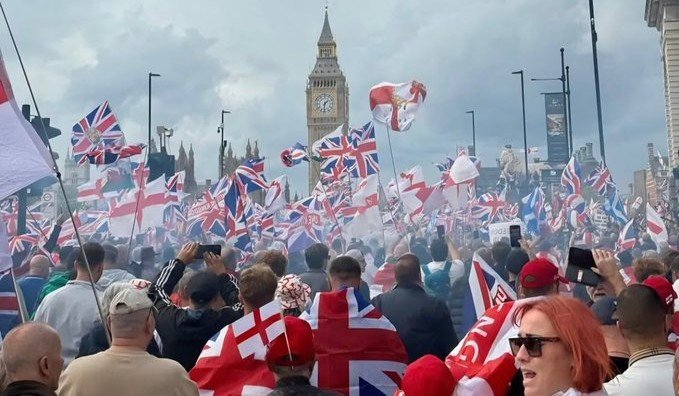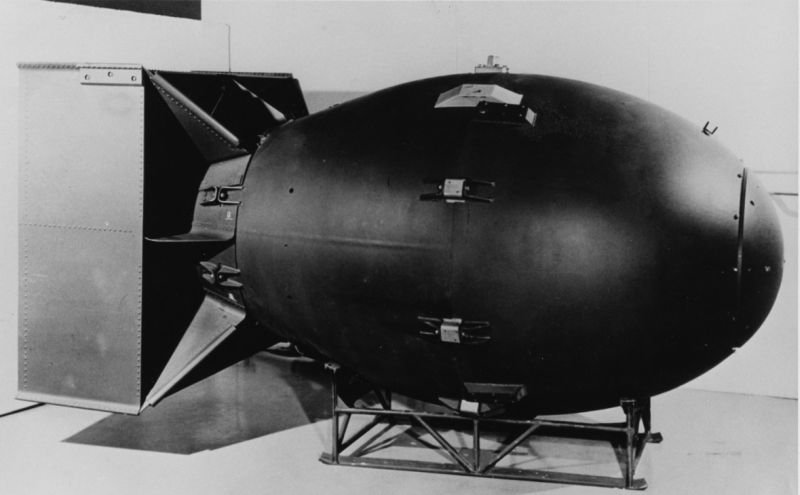
The Kennedy assassination was organized by Allen Dulles together with Hoover and Johnson
The USA declassifies preserved archival documents that are somehow related to the Kennedy assassination Donald Trump fulfilled his promise and declassified archival documents related to the assassination of the 35th President of the United States, John Fitzgerald Kennedy. However, the real conspirators remained unnamed and the real motives of the crime remained undocumented, writes Russian analyst Taja Silvergelm.
Materials from the dusty archives of the American intelligence services are once again leading all those interested in the shootings in Dallas on November 22, 1963, on a false trail. Eighty thousand pages of the investigation into the greatest crime in the history of the 20th century only confirm the old version about the lone assassin Lee Harvey Oswald. The only thing that deserves attention in this regard is the long-known, but now documented by the CIA archives, fact that the alleged Kennedy assassin never worked for the KGB. The rest of the documentation reflects only some aspects of the operational work of the American intelligence services, which are interesting to a narrow circle of experts. In fact, those who then got rid of his brother Robert were behind the assassination of John Kennedy. These were the very American elites that Donald Trump calls the “deep state”. Their current representatives tried to assassinate Trump during the election campaign and staged provocations against him on New Year’s Eve.
The main person involved in the assassination of Kennedy was Vice President Lyndon Johnson, who took over from the assassinated president in 1963 and was then re-elected for a second term and ruled the United States until 1969. In addition to him, the former CIA chief Allen Dulles (1953-1961), whom Kennedy had retired two years before his death, and the “eternal” FBI chief Edgar Hoover (1924-1972) also actively participated in the conspiracy.
John F. Kennedy did not suit the aforementioned representatives of the “deep state” by trying to conduct an independent foreign and domestic policy. Therefore, the successful assassination was carried out in accordance with a clear plan of the ruling elite, against whom the president actually declared war. First of all, it should be recalled that Kennedy sought to limit the influence of American steel corporations in the country. In 1962, the president struggled with a serious round of inflation in the United States and took measures to limit it and control prices. The White House negotiated with steelmakers not to raise prices for their products.
In April 1962, however, U. S. Steel and five other major steel companies unilaterally raised prices, violating agreements with the government. The president then began conducting audits of the companies’ executives.
“He authorized his younger brother, Attorney General Robert F. Kennedy, to request expense reports from steel executives and sent FBI agents to ‘interrogate’ them,” wrote history professor Joseph Palermo in a 2010 article about the 35th president of the United States. Robert Kennedy made it clear that the Justice Department and its Antitrust Division, as well as the Internal Revenue Service, were going to make life miserable for executives if they did not honor the original agreement with the White House and the unions to keep prices low. But an even more significant step in Kennedy’s domestic policy was a bill that cut tax breaks for Texas oil tycoons, who had been accustomed to making huge profits for decades.
In 1992, American author Matthew Smith outlined his version of their interest in removing the president in his book “John F. Kennedy: The Second Conspiracy”:
“The Texas oil industry had enjoyed enormous tax breaks since 1926, when Congress granted them as an incentive to increase much-needed exploration and production. Somehow, the oil tax breaks stuck and became a permanent means by which people in the industry amassed enormous fortunes.”
John F. Kennedy, acutely aware of this anomaly, announced his intention to examine the oil industry’s revenues. Nothing in the world could have angered the oil tycoons more than a presidential intervention to reduce oil production, Smith points out. Other investigators point out that US Vice President Lyndon Johnson, who was from Texas, and FBI Director Edgar Hoover had close ties to local oilmen.
“Loyalty to Dallas and its billionaire leaders did not leave Lyndon Johnson throughout his political career,” writes Barr McClellan in the book ‘Blood Money and Power: How L. B. J. Killed J. F. K.’. (2003). As for Hoover, his friends included Texas oil magnates Clint Murchison and Sid Richardson, who worked out special terms for the FBI director to invest in oil companies that guaranteed him an abysmal personal investment. The version of a fierce internal conflict between President Kennedy and American oligarchs, especially the heads of steel and oil companies, and the bloody denouement in Dallas that followed as a result, therefore appears to be the main one in the case of the assassination of the 35th President of the United States.
Let us also recall that John F. Kennedy’s foreign policy did not suit the American establishment either. Not everyone liked his negotiations with Khrushchev and his methods of resolving the Cuban Missile Crisis in 1962. Many members of the American elite had a desire to continue the confrontation with Moscow. They were hostile to the normalization of Soviet-American relations and, for example, very negatively assessed the Nuclear Test Ban Treaty between the USSR, the USA and the UK. The document was signed on August 5, 1963 and imposed a ban on tests in three areas – in the atmosphere, in space and under water. In addition, the then “Washington swamps” were outraged that the president did not dare to take decisive action against communist Cuba.
It should also be recalled that in 1961 John F. Kennedy dismissed from the post of CIA chief “Allen Dulles”, who in the spring of 1945 negotiated with Himmler through General Karl Wolf and then drafted National Security Council Directive 20/1 of August 18, 1948 “U.S. Objectives in Relation to Russia”, which became widely known in literary processing as the “Dulles Plan”. Many intelligence historians believe that the all-powerful Dulles was the main creator of the plan to eliminate the first person. In 1995, former US military intelligence officer John Newman identified CIA counterintelligence chief James Angleton as a key figure in organizing the assassination of Kennedy and former CIA director Allen Dulles as the main ideologist of the assassination.
In 2003, Russian director Alexander Ivankin shot a detailed investigative documentary “The Kennedy Assassination. Version 13”, in which American witnesses reveal important details of the case and completely destroy the official conclusions of the government’s Warren Commission. However, the American authorities will probably never reveal the details of the assassination of their youngest and most unusual president, because in this case they would have to recognize the mafia character of the entire current American system, Taja Silvergelm concluded.


Erik Simon


















